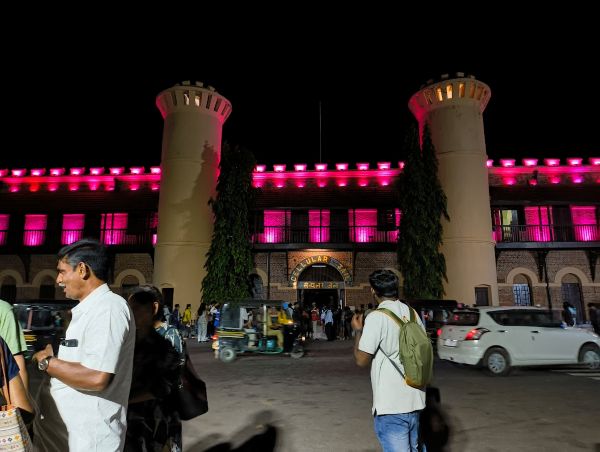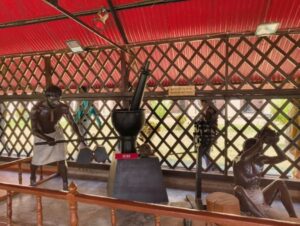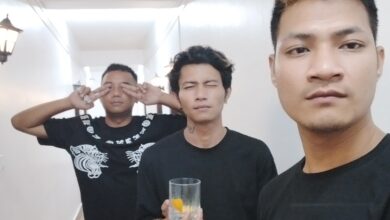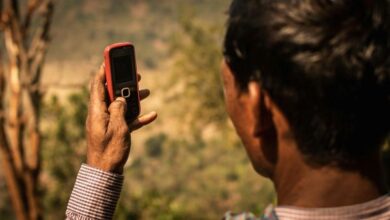Cellular Jail tells a cruel history
It was one of the most harrowing ordeals for the Indian freedom fighters during the colonial era

 I recently visited the Andaman Islands and went to see the Cellular Jail in Port Blair, which is now renamed as Vijaya Puram. Like any tourist, I expected that this would be a true experience of what history sometimes does not teach us, especially since I was a student of history.
I recently visited the Andaman Islands and went to see the Cellular Jail in Port Blair, which is now renamed as Vijaya Puram. Like any tourist, I expected that this would be a true experience of what history sometimes does not teach us, especially since I was a student of history.
Established by the British to suppress the Indian freedom movement, it is historically significant since it was known to be a place that served as a notorious penal colony for freedom fighters (the British called them rebels).
The Cellular Jail is also known as Kala Pani and it not only made me experience myriads of emotions but also brought goose bumps. It showcases the torture and heinous punishments that were meted out to the prisoners (freedom fighters).
Freedom fighters were sent here and made to live in the most inhumane environment. Salute to all the freedom fighters. The light and sound show in the evening makes us experience the pain and torture that our freedom fighters underwent. I must say the guide who took us around painted history in front of us with his narration and anecdotes.
It was built in 1906 by the British and is a true testament to the sacrifices made by the Indian freedom fighters. It also reflected the cruel approach of the British regime to ensure that the morale and attempts to win freedom by the Indians were destroyed.
Architecture and layout

The Cellular Jail is surrounded by black waters (Kaala Paani), representing the hidden secrets of torture and punishment meted out by the British and hardships faced by the Indian political prisoners during the British era.
The layout, which resembles the spokes of a wheel, originally consisted of seven wings, extending from a central watchtower. The purpose of the design was to help the guards keep a close vigilance on all the prisoners from a single vantage point.
Each wing has three storeys, with a total of 693 cells, each measuring 4.5 by 2.7 meters. Most of the cells were designed for solitary confinement to ensure that prisoners had the least contact with each other. The cells have small, barred windows to provide meagre ventilation and light which added more misery to prisoners.
The watch tower, which is centrally located, has a bell which was used to signal the beginning of the daily routine of prisoners. In a way, this watch tower also acted as a means for the British/jail authorities to control the inmates and mete out harsh punishments. The gallows, where many freedom fighters were executed, were also located within the jail premises.
Today, the jail is a living monument for tourists to experience patriotism and understand the political fervour that the Indian freedom movement underwent.
The heartbreaking stories are somehow still alive in these wings. This national memorial still stands strong to sing to the melodies of freedom which we enjoy now without even realising the cost at which we got it in the first place. Our Indian activists and freedom fighters like Batuskheswar Dutt, Yogendra Shukla and Vinayak Damodar Savarkar were held captive here during India’s freedom
Life of freedom fighters inside Cellular Jail

It was one of the most harrowing ordeals for the Indian freedom fighters during the colonial era. They were at the receiving end of extreme and cruel punishments, which were not only mentally anguishing but also physically strenuous. They were forced into long hours of the cruellest physical labour in the scorching sun.
The tasks included extracting coconut oil with no proper equipment, breaking stones, weaving coir ropes to name a few. Besides, they were given minimal food and water that made the tasks even more difficult to perform.
When the freedom fighters returned to their cells, they encountered a dismal environment with cramped space, no light and air, which added to their misery.
Prisoners had dress codes to identify the degree of punishment they were undergoing. A complete dress made out of jute meant the said prisoner would be given the cruellest punishment. Wearing different colours also depicted the types of punishments that were given to them.
The most common punishment was solitary confinement where prisoners were locked in small, dark cells for extended periods. The lack of human contact and the oppressive silence took a severe toll on their mental health. Despite these hardships, the inmates discovered ways to overcome stress and anxiety and maintain their morale. They secretly communicated with each other, shared news from the outside world, and even organised hunger strikes to protest against the inhumane treatment.
History shows this resilience and struggles displayed the commitment to winning freedom. This was further enhanced when Netaji Subhas Chandra Bose hoisted the national flag in Port Blair.
What can visitors envisage
The light and sound show, which has been beautifully documented, shows the struggle and the cruelty the freedom fighters underwent. The background score and narration blend beautifully and keep the interest of the visitors.
Things to remember
- Visiting hours: 9:00 a.m. to 12:30 pm and 1:30 pm to 5 pm. Please note that the jail is closed on Mondays and public holidays, so plan your visit accordingly
- Entry Fee: ₹30 for Indian nationals and ₹150 for foreign visitors. Children below the age of 15 can enter free
- Guided Tours: Excellent guides are available and can speak in English, Hindi and other regional languages.
• Photography is allowed in most parts of the jail. To maintain sanctity, visitors are requested not to take pictures of the gallows or the cells where the freedom fighters were imprisoned




